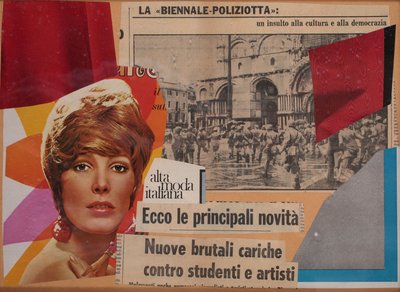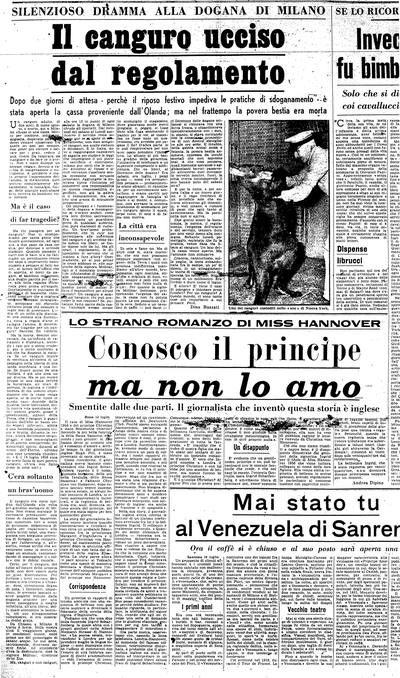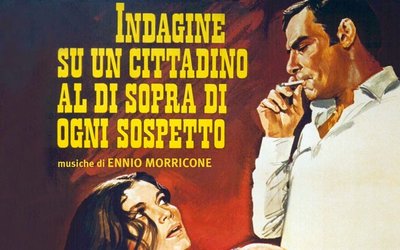Curated by Elizabeth Tavella
Educate yourselves because we'll need all your intelligence. Stir yourselves because we'll need all your enthusiasm. Organize yourselves because we'll need all your strength
Antonio Gramsci
Throughout history, many artists have created works that intersect with political activism and social justice causes not only to generate awareness and affect positive change around social issues, but also to interrupt and alter oppressive systemic patterns.
This exhibition explores a selection of works by Italian artists who, in the period between the late 1950s and the 1970s, have effectively used different media to engage in the mass struggles affecting the country. Grounded in the spirit of resistance and denouncement, these artists have embodied an urgent yearning for radical change. Social justice issues, by nature interrelated, interdependent and indivisible, are here displayed according to different artistic media. The selected artists are often working with different media and actively engaging with different issues, such as gender and equality, labor rights, acknowledgement of the class struggle, economic disparity, animal rights, and education reform.
Seeing the Struggles: Words and Images

The power of visual imagery in developing a collective consciousness and its role to provoke and voice discontent is inestimable.
The selected examples embody the atmosphere of rebellion and experimentation that characterized the 1960s and 1970s in Italy. Concrete art, visual poetry, body art, and collage are just a few of the preferred artistic styles used to convey messages of resistance, feminist statements, the voice of exploited workers. Language was an important tool for these artists. In fact, many of them used language in place of brush and canvas, and words played a primary role in their emphasis on ideas over visual forms.
From Books to Journals: Words in Action

The civic engagement and social activism of intellectuals can have a great impact on individuals, organizations, and communities. By reflecting and commenting on contemporary problems, artists bring to the table issues and topics that unsettle and subvert the political and social norms.
While writers were bravely publishing novels on delicate and risky subjects that often generated fierce criticism and at times even censorship, it was not uncommon for them to pursue a parallel journalistic career, as in the case of Italo Calvino, Dino Buzzati, Anna Maria Ortese, among many others, and to engage with every day issues affecting the country or local communities.
Words here become persuasive and powerful tools that mobilize ideas and ideologies, bring to the surface and openly discuss questions of women emancipation, gender identity, the alienation of workers, the Mafia phenomenon, and innumerable cases of animal cruelty.
Music and Movies: Words in Motion

Films have the ability to empower people and build bridges between communities. They are a resource for building public understanding of issues and empathy among viewers who otherwise might not relate to situations of critical importance. From the 1960s through the mid-1970s, a group of filmmakers took over and embraced the social and political functions of cinema. For the first time, movies deal with taboo subjects and give voice to the victims of the political and social systems. Italian cinema becomes pivotal in defending and documenting the stories of marginalized people as well as in explicitly denouncing criminal organizations and political corruption.
Music also acts as a form of political protest and propaganda. Music, as well as singing together, can move people emotionally, socially, and politically. Pier Paolo Pasolini defined music as “the only expressive action / perhaps as high and indefinable as the actions of reality.” Artists are aware of this potential and have used music to help build social movements and solidarity. The selected repertoire covers a variety of themes ranging from anti-war songs to denunciation of capitalism.